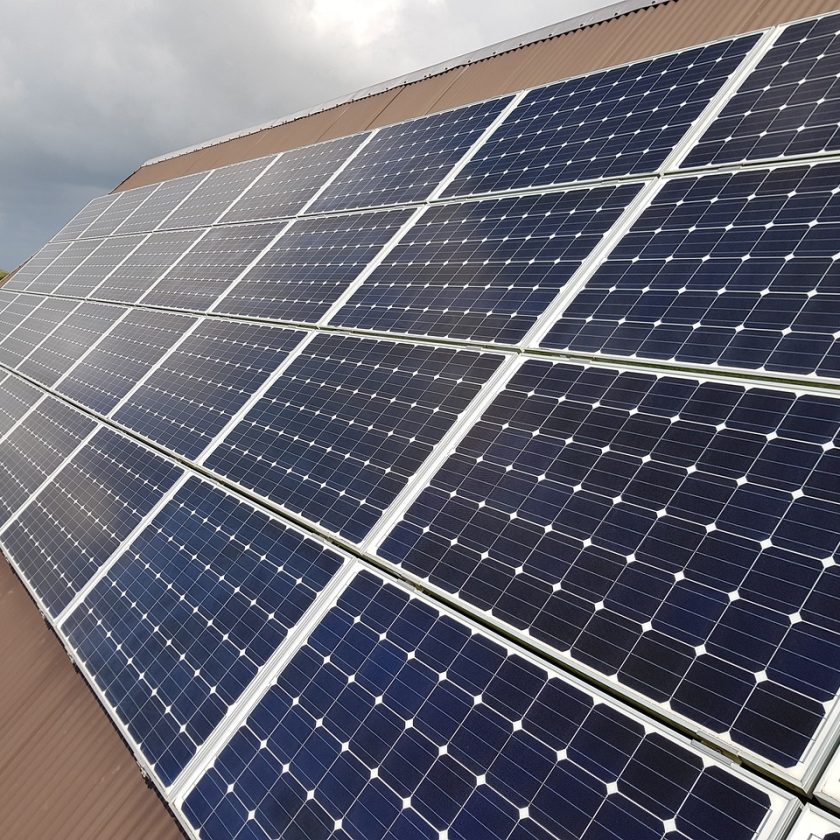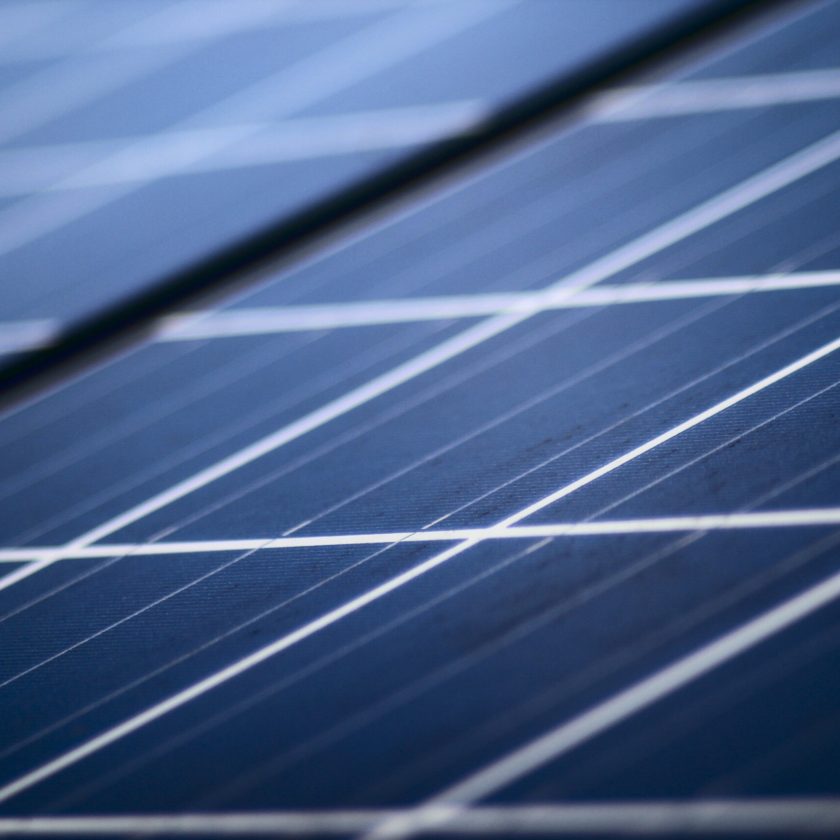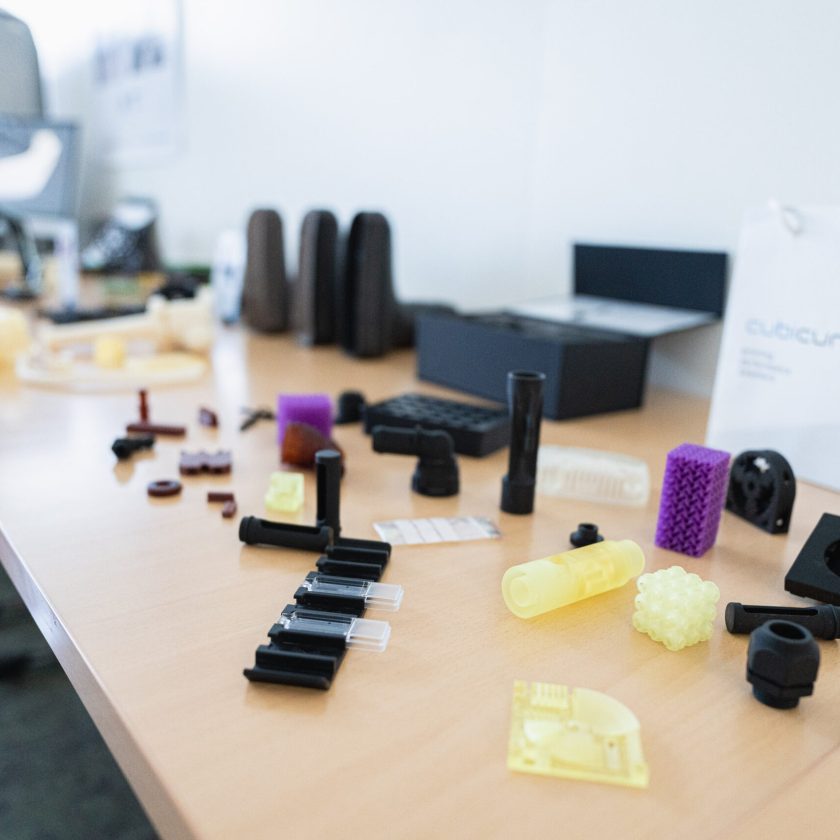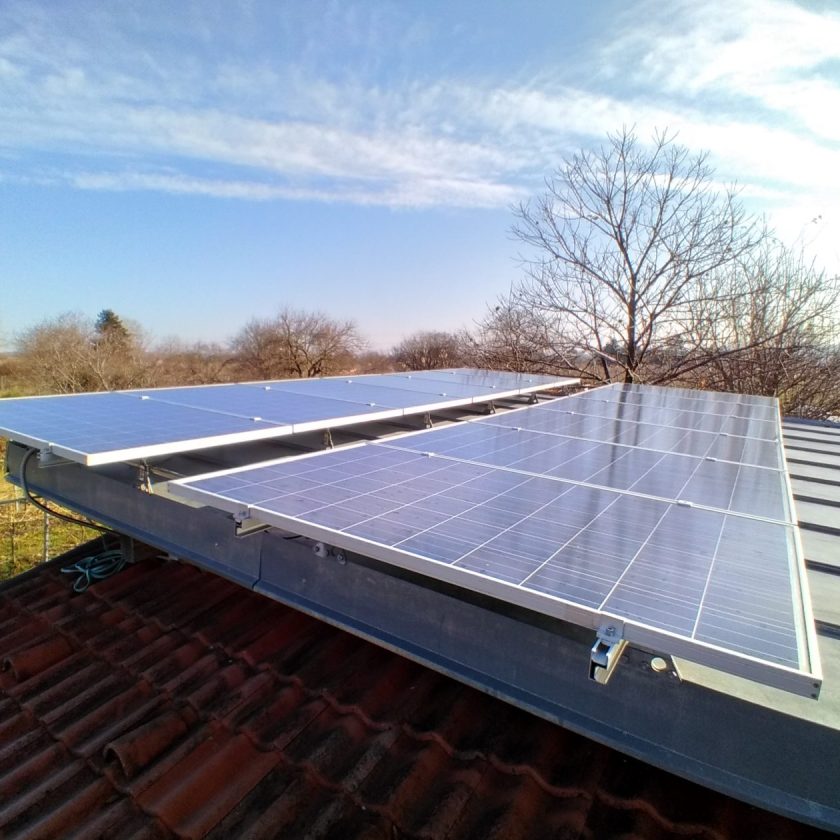At the OFI, all relevant parameters of bonded joints are tested, including the characterization of adhesives, bonded parts and surfaces as well as their pretreatment. In addition to the concrete testing of bonded joints, the durability of bonded joints is analyzed at the OFI. In addition, we offer damage analyses and carry out mechanical tests as well as assessments of energetic surfaces. We can consider the surface pretreatment and its characterization in the individual test design, depending on the specific issue.
OFI is also an accredited certification body for DIN 6701 “Bonding in rail vehicle construction” and DIN 2304 “Quality requirements of bonding processes” in industry and trade.





